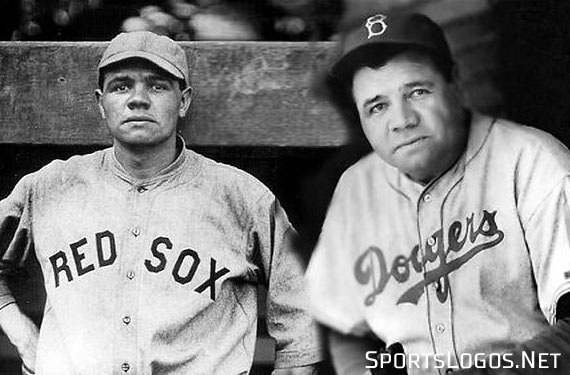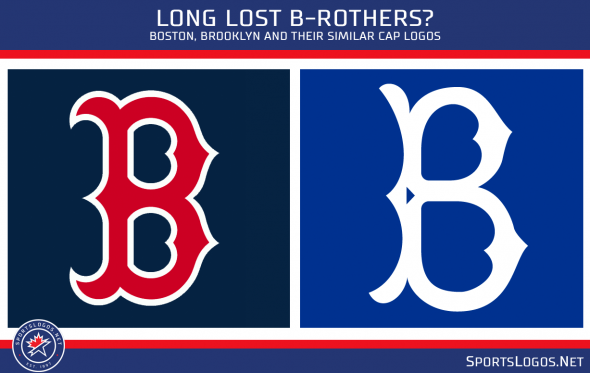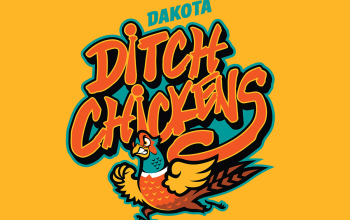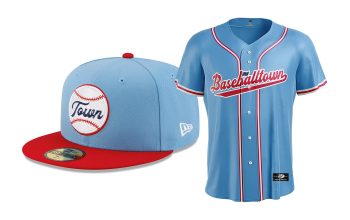The Boston Red Sox and Los Angeles Dodgers franchises are set to meet for the first time in a World Series in 102-years tonight, the Red Sox previously defeating the Brooklyn “Robins” in five games during the 1916 Series. Babe Ruth went 0-for-5 in that series for the Sox but I think we can forgive him as that was all while twirling a 14-inning complete game victory as a pitcher in Game 2.
Hey, who likes dumb nerdy facts that mean absolutely nothing? ‘Cause I sure do… The Boston Red Sox have only won a World Series title in the first two decades of a century, the binary decades! (’00s and ’10s), winning their eight championships in 1903, 1912, 1915, 1916, 1918, 2004, 2007, 2013. Less impressive, the Los Angeles/Brooklyn Dodgers have never won a World Series in a “binary decade”, saving all of theirs for the 50s, 60s, and 80s. As the time machine has us stationed in the 2010s for the moment, this would seem to favour the Red Sox if such things actually factored into determining a winner.
Anyways, we talk about uniforms and the like here, so let’s move on…
Looking back on the season just completed, the Dodgers, when wearing their regular home whites were only 37-36 (they were 8-1(!) at home in “specialty” uniforms); on the road where they have two grey jerseys – one “Dodgers”, the other “Los Angeles”, the “Dodgers” option was worn far more often performed better at 34-23 while “Los Angeles” barely cracked .500 at 12-11. The Dodgers, who have worn a 60th anniversary patch since Opening Day (and throughout the playoffs) will remove the patch in favour of the 2018 World Series patch.

Boston, despite being what one would consider a “traditional club” actually have two alternate uniform options in addition to the standard white and grey. For uniform records, the Red Sox were absolute beasts at Fenway Park which translated to a 48-16 record wearing their usual whites, compare that to their red alts (which are also worn at home) in which they played .500 baseball at 7-7. On the road, the BoSox greys were an impressive 39-22, the blues 9-5. Please note that none of these uniform records factors in the majority of specialty uniforms worn during the year, so a team wearing white or grey on Memorial Day or Father’s Day or as a throwback, for example, aren’t tallied.

Red Sox and Dodgers Caps with 2018 World Series Patches available here
Before finally finding “their look” in 1938, the Dodgers tried a variety of different ideas when it came to their uniform and even their name. Blue and white have been the dominating colour scheme since 1902 aside from a one-year experiment with green (believe it or not) in 1937, every now and then they’d darken or lighten the shade of blue even using a powder blue as their main colour on a few different occasions in the ’20s and ’30s. In 1916 the Dodgers (then more known as the Brooklyn Robins) wore plaid, yes plaid, where you’d expect a team to wear pinstripes. It only lasted the one year at home but remained on their road outfit again in 1917. The 1938 season was the first wearing their iconic “Dodgers” wordmark with a tail across the chest and in 1952 they added the red numbers below it, both remain in 2017.
Boston got a little experimental their first season as the “Red Sox” by wearing a giant red sock with “BOSTON” on it in white across the front of their uniform, both home and away, in 1908. That was the last time they tried anything off-the-wall, since then it’s been either “BOSTON” or “RED SOX” arched across the chest. Their familiar “Tuscan”-style font was first used in 1936, it’s lived on the home uniform virtually untouched in the 83-seasons since (incredible), while on the road they bounced back-and-forth between a similar font as the homes and just a plain block font until 1990 when they settled on a consistent look across both uniforms.
As for caps, the Red Sox (like most clubs of the era) played around with a blank cap for the first few years before settling on something similar to what we know today. As we mentioned earlier, the Dodgers tried green for a year! They came back to the blue and white a year later using the Red Sox-esque “B” while in Brooklyn and then moving over to the “LA” when relocating in the 1950s. Not a lot of variation in recent years for either of these historical franchises:
A closer look between the two “B”s of Brooklyn and Boston show there are some significant differences but they are similar:
As with any World Series not featuring my beloved Toronto Blue Jays, I’m just rooting for some good, exciting baseball. Let’s go seven! Scheduled for Hallowe’en night, Trick or Treat for trophies!
















